Join the community
Thought Leadership Centre
Most Read
1. Finance leaders flag governance risks with fast growing fintech systems 2. Why AI governance is a key priority for financial institutions 3. Foreign institutions pursue market entry as Japan strengthens fintech rules 4. Payment leaders push for interoperability to solve SME cash flow 5. Five takeaways from day 1 of the Singapore Fintech FestivalResource Center
Awards
Mar
24
Event News
Energy & Offshore
Tuas Power to complete Singapore’s first 100% biomass conversion by 2028
The landmark project will cut one million tonnes of carbon emissions annually.

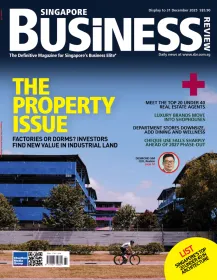
 Advertise
Advertise
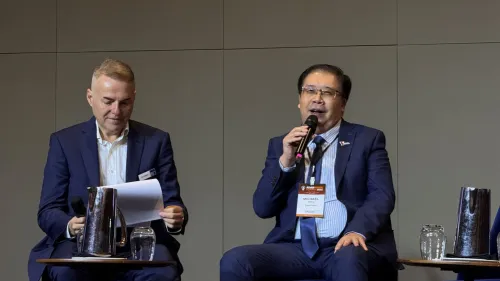


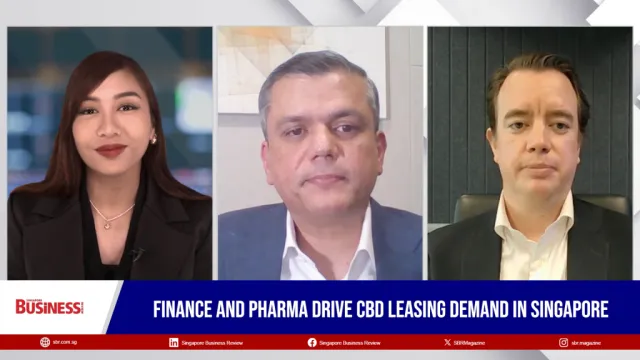

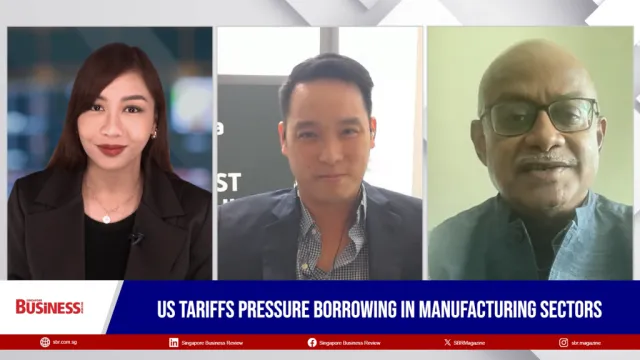

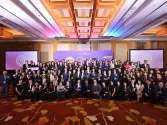
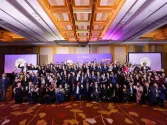










Commentary
Is Singapore the new London for young expatriates?
Is Singapore the new London for young expatriates?
Mind over matter: Balancing emotions in property buys
3 things you need to know about entrepreneurship
How to get the most out of an underutilised talent pool
How to groom Asian leaders for the worldwide marketplace
What about Asia's growing cruise market
Public Speaking Fear: Fight or Flight?
6 signs your top talent is about to quit
Will the new policies sustain its impact on the residential property sector?
How does South East Asia beat the West in driving global economic growth?
Take a look at the current hiring trend
The Singapore GP is genius country marketing
You can EASILY avoid becoming a marketing dinosaur!
If you're young and business-minded, here are some tips for you
To go global, Singapore companies need Market Intelligence
Remember this: Always be educating to your employees
What to do with your company’s unending information overload